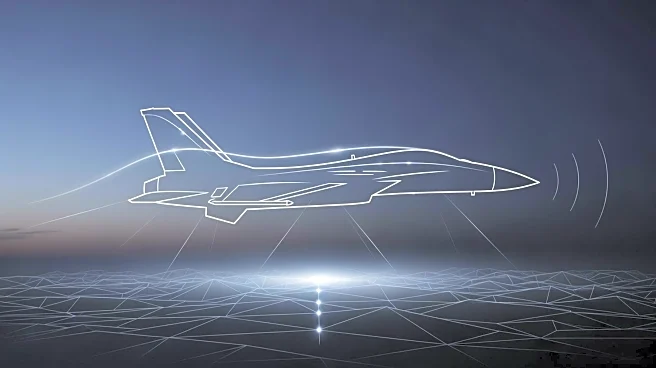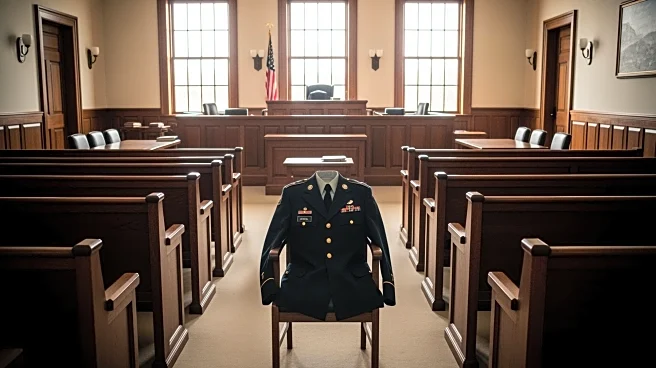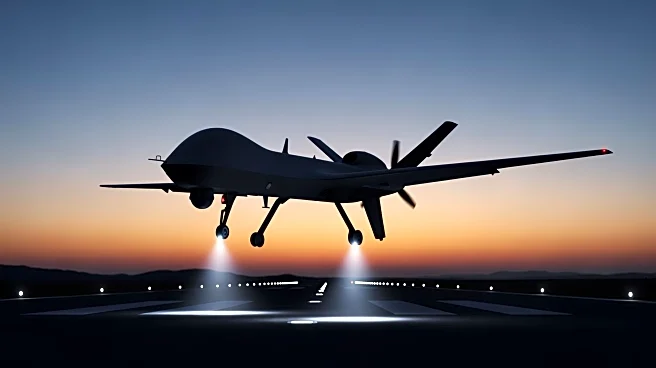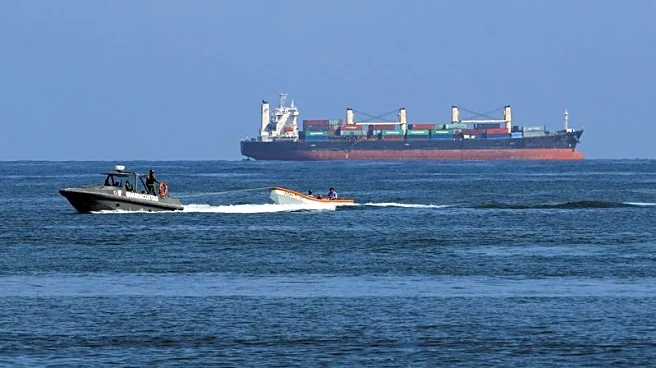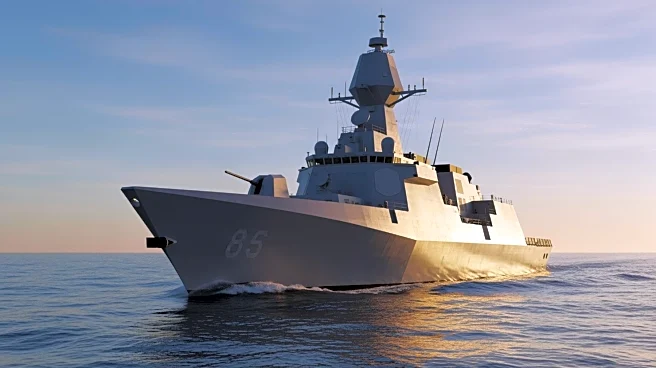What's Happening?
The U.S. Navy and Marine Corps, along with partner operators, are set to install automatic ground collision avoidance systems in Boeing F/A-18 fleets. This decision follows the identification of the need
for such systems after a series of fatal crashes involving F/A-18 aircraft between 2010 and 2016. The Automatic Terrain Awareness and Warning System (ATAWS) has been evaluated and is expected to be rolled out in 2026. The system uses the aircraft's current Terrain Awareness and Warning System to track position using terrain data, altitude, speed, and attitude, providing visual and auditory warnings. It automatically levels wings and instructs the aircraft to pull up rapidly, returning control to the pilot at a safe altitude. The Marine Corps F/A-18A-D legacy Hornet community was instrumental in driving the development of ATAWS.
Why It's Important?
The implementation of automatic ground collision avoidance systems in F/A-18 fleets is a significant safety enhancement that could prevent future fatal crashes. The Navy's Super Hornets and Growlers have experienced several aircrew fatalities due to controlled flight into terrain (CFIT), and the new system aims to mitigate this risk. The fiscal 2019 National Defense Authorization Act had called for improved safety measures, and Congress has further urged the Navy to develop an acquisition approach for the system. The Navy is requesting $18 million in its fiscal 2026 budget for this effort, highlighting the importance of safeguarding against human error and aircrew incapacitation.
What's Next?
The Navy has released a solicitation for a software update to begin the work on implementing the automatic ground collision avoidance system. This includes updates to the aircraft's digital map and flight control computers to support Auto GCAS. The system is not simply being ported from Air Force aircraft but is being tailored for Navy platforms. The upgrade will allow the aircraft to recover automatically from potential CFIT incidents if the pilot is incapacitated, ensuring compliance with current safety and airworthiness requirements.
